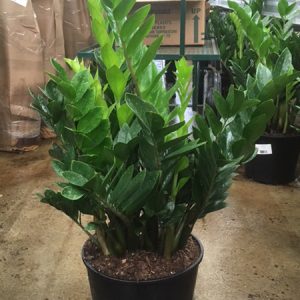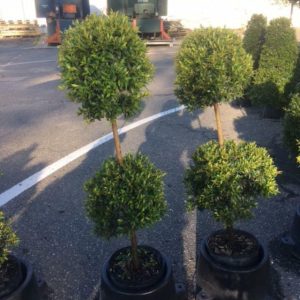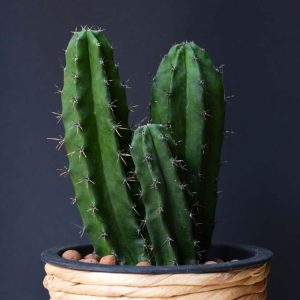Description
Rubus –
There are about 250 or more species of viciously armed, deciduous or evergreen shrubs and climber, occasionally herbaceous perennial in the Rosaceae family, in this genus. They occur worldwide in a range of habitats from coastal sand dunes to thickets, woodland, forest, and mountain slopes. The leaves are alternate and smooth edged, lobed, palmate or pinnate, each with 3 to 7, usually toothed, leaflets that are felted beneath. The saucer to cup shaped, 4 or 5 petaled flowers are borne in racemes or panicles, sometimes singly or in few flowered clustered, and are pink, white, red or purple. Flowers are carried on second year wood.
Blackberries or brambles (R. Fruticosus), raspberries (R. Idaeus), and hybrids between these and other species are grown for their sweet juicy edible fruit, arranged in red or black drupes. Ornamental species are grown for their flower, their foliage, and sometimes their attractive winter shoots and are suitable for a shrub border. Prostrate species make a good groundcover in sun or shade. Vigorous species are best grown in a wild or woodland garden.
Grow in well drained, moderately fertile, humus rich soil. Grow deciduous species grown for their winter shoot in full sun, grow evergreen or semi evergreen species in sun or partial shade. After fruiting, cut canes back to ground level.
Prone to cane blight, canker, anthracnose, powdery mildew, rust, gray mold (Botrytis), Verticillium wilt, fireblight, scale insects, leafhoppers, and caterpillars.
R. pentalobus – R. calycinoides – R. fockeanus of gardens – This prostrate, evergreen shrub from Taiwan grows 2-4″ tall with an indefinite spread. From shoots with few, and small curved prickles that root as they creep along the ground carries rounded, shallowly 3 to 5 lobed, glossy, dark green leaves, to 2″ long, are heart shaped at the bases with deeply impressed veins and wrinkled edges often with woolly undersides. In summer it bears solitary,, saucer shaped white flowers, up to 3/4″ across, sometimes followed by rounded red fruit, to ½” across.
Zones 7-9





